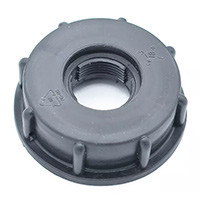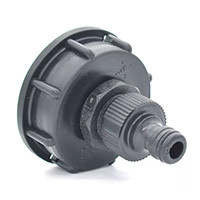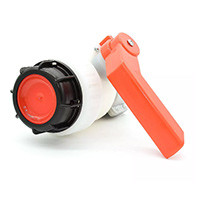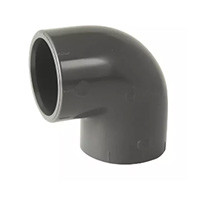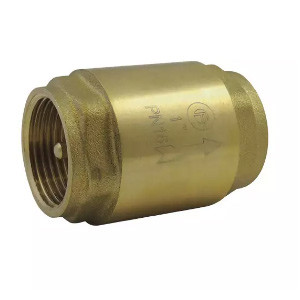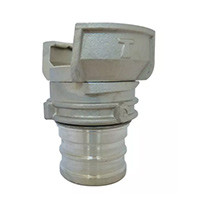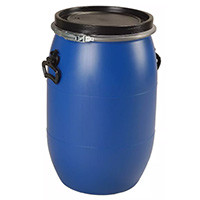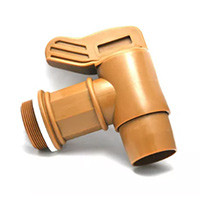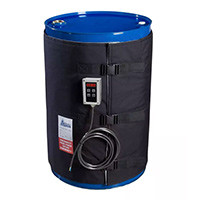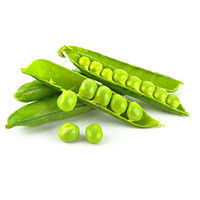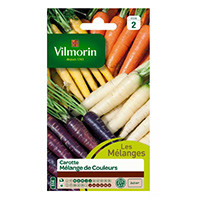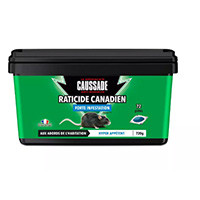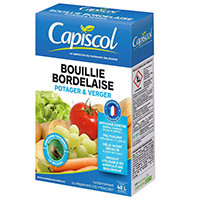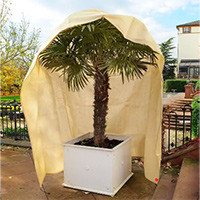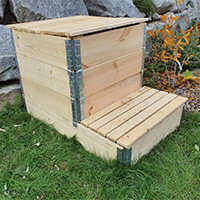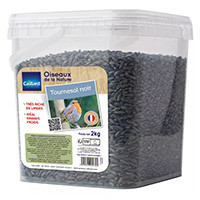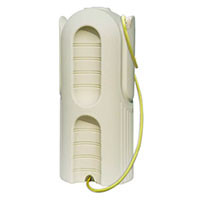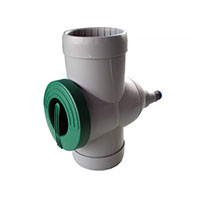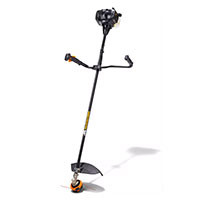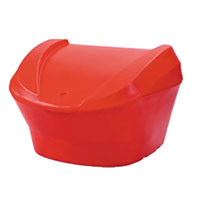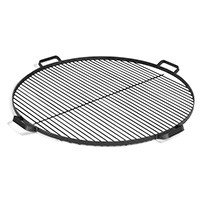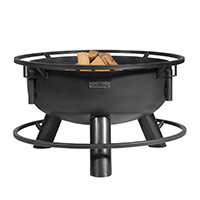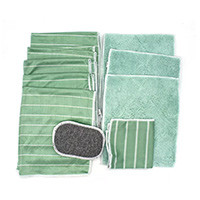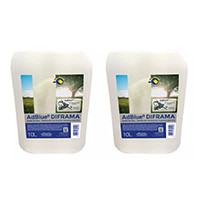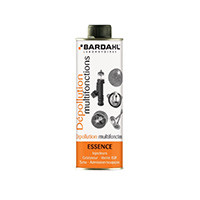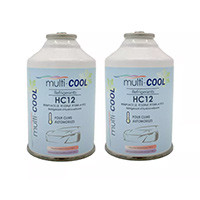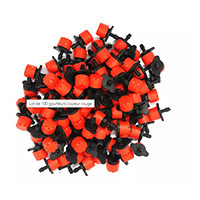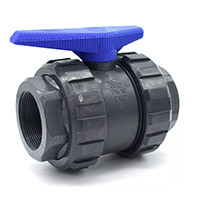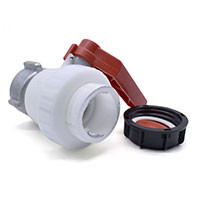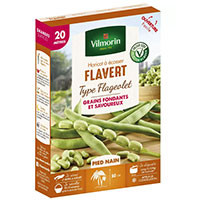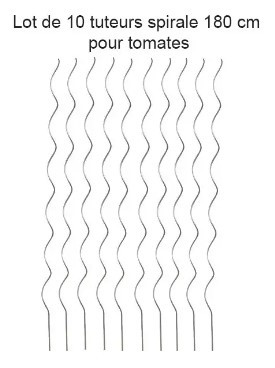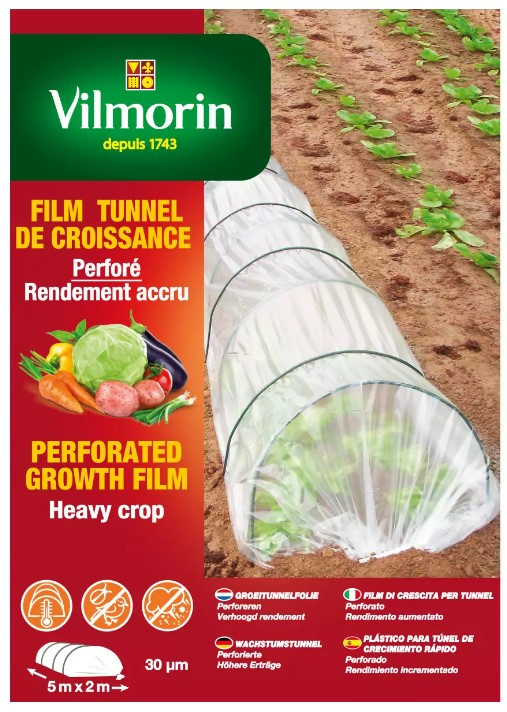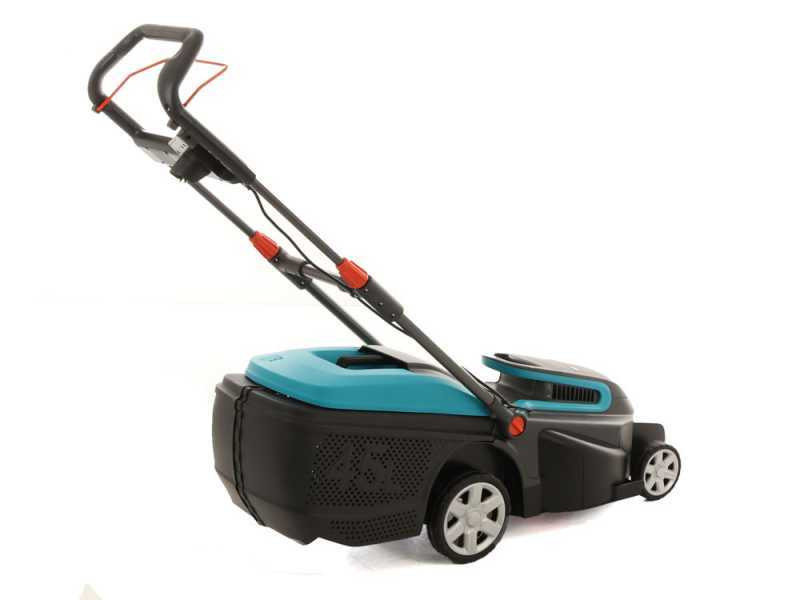March marks the beginning of the gardening season for many gardeners. It's time to get out your tools and prepare your vegetable garden to welcome spring vegetables. In this article, we'll explore which vegetables to plant in March, along with practical tips for growing them successfully. Follow these steps to get a thriving and tasty garden.
Vegetables to plant in March
Here is a list of vegetables you can plant in March for a successful harvest:
Peas
Peas are a great option for March gardening, as they appreciate the cool climate of early spring. Plant them in well-drained soil rich in organic matter. It is best to sow them directly into the ground, to a depth of about 2.5 cm. Peas also help enrich the soil with nitrogen, which benefits other plants.
Radishes
Radishes are fast-growing root vegetables and are great for impatient gardeners. They are very frost tolerant and grow well in soft, well-drained soil. Sow the seeds to a depth of 1 cm and space them 2 to 3 cm apart. Radishes can help keep pests away from other plants, such as carrot flies.
Spinach
Spinach is a nutrient-rich leafy vegetable that loves cool weather. They grow well in soils rich in organic matter, well-drained and slightly acidic. Sow the seeds to a depth of 1 cm and space them 5 cm apart. Spinach grows well in partial shade, making it ideal for shady areas of the garden.
Lettuce
Lettuces are leafy greens that thrive in soil rich in organic matter and well drained. You can sow lettuce in open ground or start it indoors and transplant it outdoors once the plants are well established. Lettuce prefers regular watering and moist soil.
Carrots
Carrots are root vegetables that grow well in loose, well-drained soil. Avoid overly compacted or stony soils, as this can lead to split or deformed carrots. Sow the seeds to a depth of 0.5 cm and space them 3 to 4 cm apart. Carrots need constant watering to ensure uniform growth.
Beets
Beets are root vegetables that grow well in rich, well-drained soil. Sow the seeds to a depth of 1.5 cm and space them 7-10 cm apart. Beets tolerate frosts well and grow quickly, making them an ideal choice for novice gardeners. Beet leaves are also edible and can be harvested to be added to your salads.
Kale
Kale is a cold-hardy leafy vegetable that appreciates soils rich in organic matter and well drained. Sow the seeds to a depth of 1 cm and space them 45 cm apart. Kale is rich in nutrients and can be harvested throughout the growing season.
Broccoli
Broccoli is a cold-resistant vegetable that grows well in soil rich in organic matter and well drained. It is best to start broccoli seedlings indoors and transplant them outdoors once the seedlings are well established. Broccoli needs regular watering and moist soil to ensure optimal growth.
Tips for successful planting in March
Garden planning
Planning your garden is essential to maximize space and ensure proper crop rotation. Consider the size and shape of your garden, growing conditions, each vegetable's water and sun needs, and how much space they need to grow. Draw a scale plan of your garden to help you organize plantings.
Soil preparation
Healthy, well-prepared soil is crucial to the success of your garden. In early spring, loosen the soil with a spade or fork, incorporating compost or well-decomposed manure to enrich the soil with organic matter. Test the pH of your soil and adjust it accordingly to meet the needs of each vegetable.
Protection against frosts
Late frosts can still occur in March, so protect your seedlings by using wintering sails, garden bells or plastic tunnels. These protections provide a barrier against the cold and help retain heat from the ground. Monitor the weather forecast and be prepared to cover your plants if necessary.
Watering and fertilization
Vegetables need regular watering to ensure healthy and consistent growth. Water your plants early in the morning or evening to minimize evaporation. For fertilization, use a balanced organic fertilizer to provide the nutrients necessary for the growth of vegetables. It is important not to over-fertilize, as this can lead to excessive leaf growth at the expense of fruits and roots.
Pest and disease control
Watch carefully for signs of pests and diseases in your garden. Use biological control methods, such as introducing natural predators or using pheromone traps, to control pest populations. Eliminate diseased plants to prevent the spread of infections.
Success stories and reflection
Combining plants for a balanced garden
Associated cultivation involves planting vegetables that complement each other in terms of nutrient requirements, space, and pest protection. For example, planting carrots near onions can help repel carrot flies, while peas enrich the soil with nitrogen, benefiting neighboring plants.
Maximizing space with lasagna cultivation
Lasagna cultivation is a technique that allows different layers of organic matter (such as compost, manure and fallen leaves) to be superimposed on a raised growing area. This method maximizes the available space and improves the quality of the soil, promoting the growth of vegetables.
Permaculture techniques for a sustainable garden
Permaculture is a sustainable gardening approach that aims to create productive and resilient ecosystems by mimicking natural systems. Permaculture techniques include creating growing areas based on sun and water exposure, using perennials for long-term food production, and setting up efficient irrigation systems.
The importance of pulses for soil health
Legumes, such as peas, are essential for maintaining soil health. They have the ability to fix atmospheric nitrogen through a symbiotic relationship with soil bacteria. This enriches the soil with nitrogen, a key element for plant growth, and reduces dependence on chemical fertilizers.
Reflecting on the importance of gardening
Gardening is much more than just a hobby. It brings many benefits, both for the gardener and for the environment. By growing your own vegetables, you reduce your ecological footprint, support local biodiversity and promote soil health. In addition, gardening has a positive impact on mental and physical health, helping to reduce stress and encourage physical activity.
Gardening in March offers a unique opportunity to reconnect with nature after the winter months. Planting vegetables adapted to the cool climate of early spring, you can enjoy early and tasty harvests. By following the advice in this article and adapting your gardening to the specific conditions of your region, you can enjoy a productive and harmonious vegetable garden.
The thinking we can draw from this guide is the importance of planning, knowing the needs of plants and paying attention to soil health. A well-planned and maintained garden will not only produce fresh and tasty vegetables, but will also contribute to a healthier and sustainable ecosystem.
Conclusion
In summary, March is a great time to start planting vegetables such as peas, radishes, spinach, lettuce, carrots, beets, kale, and broccoli. By following the advice in this article and adapting your gardening to the specific conditions of your region, you can enjoy a productive and harmonious vegetable garden, while contributing to a healthier and more sustainable environment.

